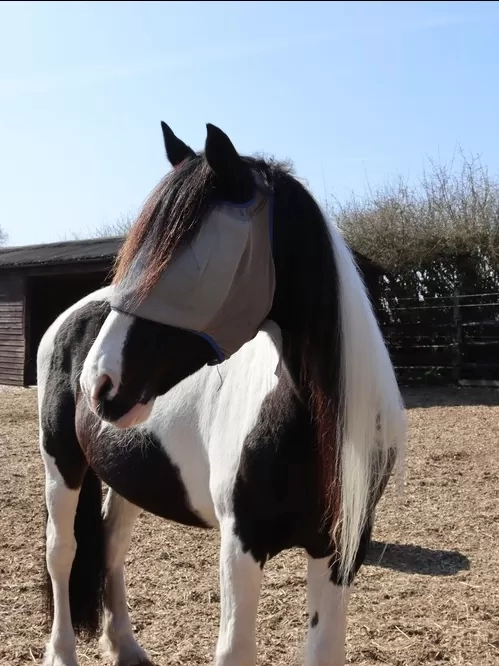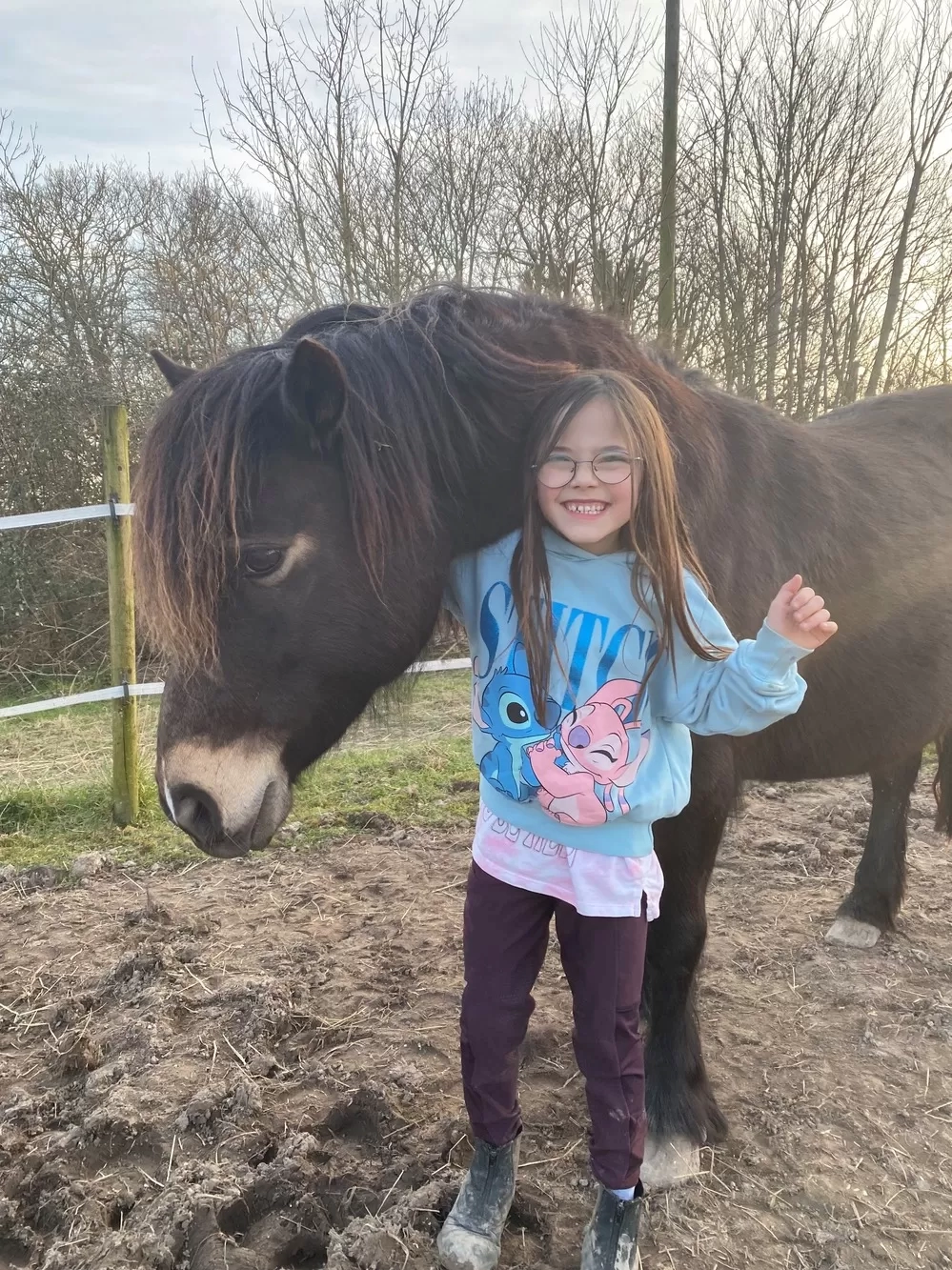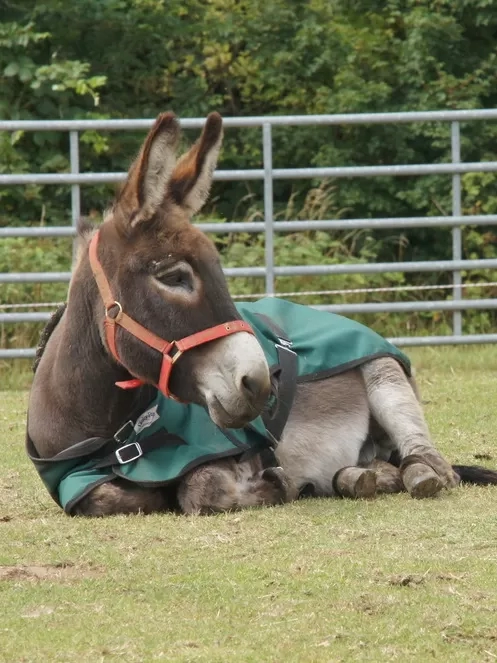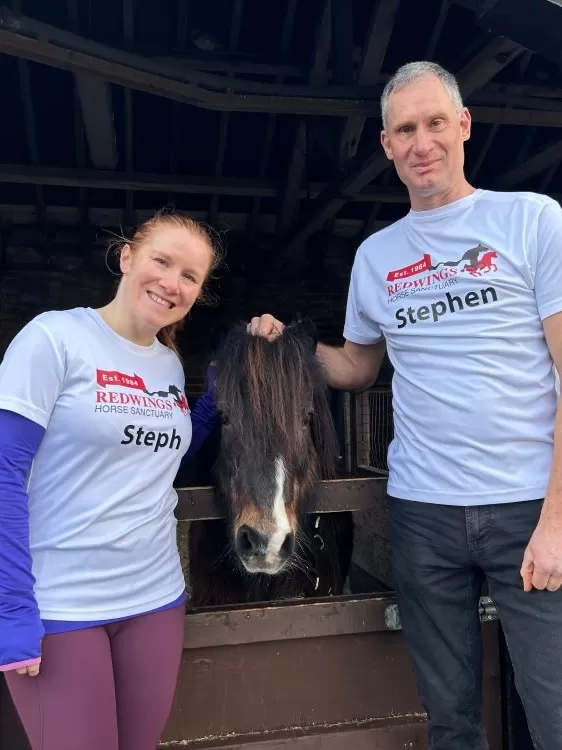11 August 2021

In our latest edition of Welfare Corner, Beth talks us through the challenges of caring for a horse through summer.
Providing care for horses in the summer can be just as challenging as providing care in the winter, only in different ways.
In the summer, grass is (usually) abundant, and horses are more easily able to regulate their temperatures since the upper limit of their thermoneutral zone (30C) is not usually reached. However, especially in the long, hot summers the UK has been experiencing, summer can present challenges and welfare concerns.
Shelter
The most obvious is the heat. Although it is not a legal requirement, all horses should be provided with adequate shelter – whether it is natural, like trees and hedges (such as above), or manmade, like wooden field shelters or open stables. Providing a space where horses can stand in the shade is important, even if not legally necessary.
Hydration
Fresh, clean water should be available to horses 24/7; automatic waterers and clean streams should be checked daily to ensure they can still provide water when needed, and buckets of water should also be checked and refilled as often as possible. While automatic water sources are excellent, be aware that it can be hard to see how much your horse is drinking. If you’re concerned about your own horse not drinking enough, you could try using buckets and manually monitor their water intake.

Often in the summer, tethered horses can be a particular concern, but in Redwings’ experience most tethered horse owners will bring water throughout the day to allow their horses to drink. It’s not uncommon for us to hear from members of the public who have offered tethered horses water and seen them guzzle it down, but this is rarely a concern and more to do with the way horses have learned to take water – not necessarily because they are very thirsty. It’s not ideal, but it can work when there are no other ways of providing a permanent water source to a horse.
If a horse you’re concerned about has been lying down more, or is less active than usual, not eating, or unresponsive, these may be signs of serious dehydration. If you spot any of these signs with a horse and have concerns, please contact our welfare team.
Rugs and masks
It can seem bizarre seeing horses in fields, out in the full sun wearing rugs or black masks over their faces. In the heat of summer, the most common rug you will see is a fly rug. They’re specially designed to help keep the flies away from horses, and prevent them from biting, and are usually worn by horses who particularly tend to suffer with conditions like sweet itch (an allergic reaction to midge bites). If not prevented or left untreated, sweet itch can be very irritating and painful for the horse, resulting in hair loss and painful sores from persistent rubbing.
Flies can be quite distressing to see when they’re clustered on a horse, but it’s not always a reason to panic – flies are attracted to the sweat and oils produced by the horses. Equines have tiny muscles in certain areas of their body which allow them to twitch their skin and flick the flies off without a second thought, which is called a panniculus or Cutaneous Trunci Reflex. For areas where they can’t twitch their muscles, they use their tails, feet and head for the rest. Horses can also be seen standing head to tail with one another, so they can swat the flies from their friend’s face!
The masks seen on some horses serve a similar purpose of keeping flies off the faces of equines who find them irritating. They are made of a fine mesh which stop flies from getting in without impeding the equine’s vision.

Ragwort
A field of tall yellow flowers can look very pretty, but can strike fear into the hearts of people who care for horses. Ragwort is a weed which is poisonous to horses and can cause liver disease, but is very easy to prevent. Most owners will pull ragwort out at the root or have their field sprayed before the horse goes out to graze for the summer, but some will leave it in the paddock despite the risks.
There’s usually very little that welfare organisations are able to do when it comes to reports of ragwort growing in paddocks if the horses are in otherwise good condition and they have other grazing available in the field. Most horses will generally leave fresh ragwort alone if they have access to more food, however if the ragwort has been cut and left to dry, or if it a horse’s only source of food, these could be a serious welfare concern.
If you have concerns about a horse in a ragwort field, you can contact DEFRA or Natural England to report it, since landowners have a responsibility to manage ragwort on their fields, and only government agencies have the power to enforce clearing it.

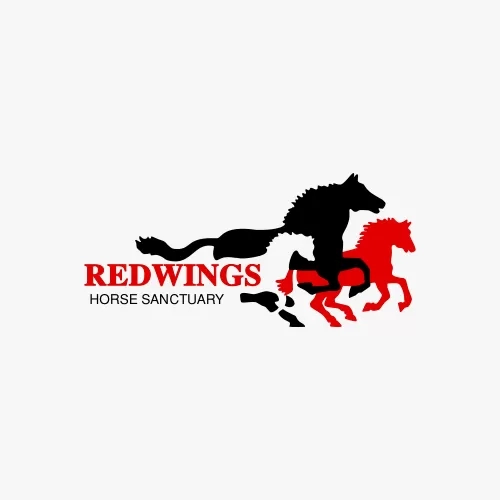
Redwings Press Office
Find out more about Redwings Press Office
